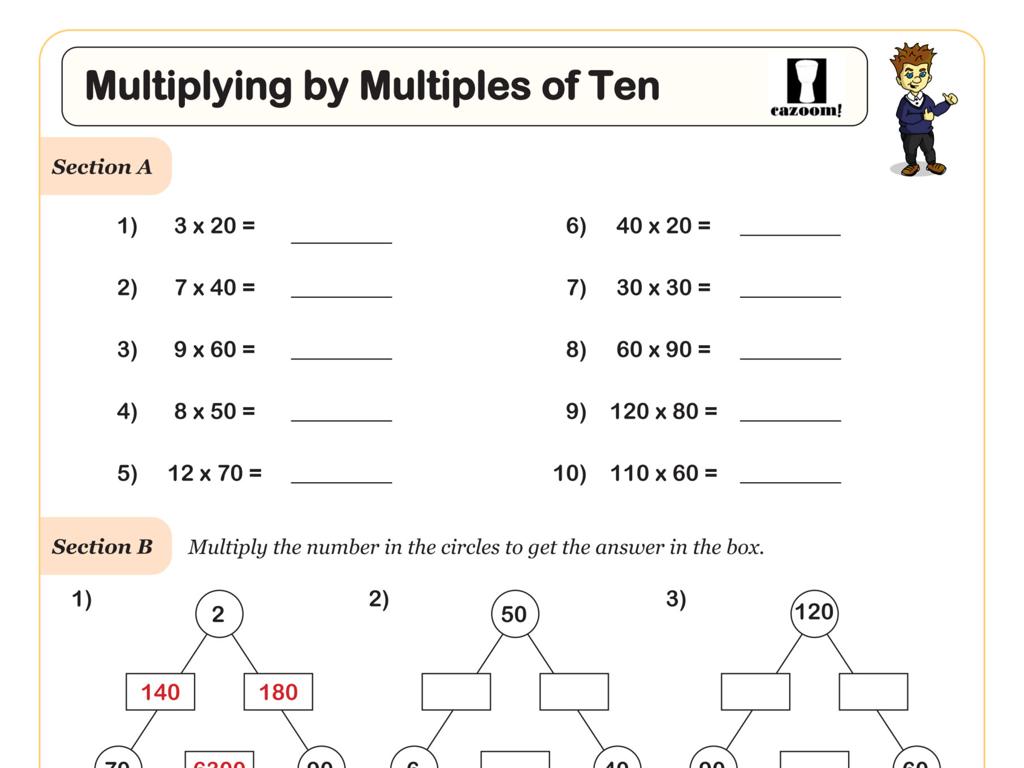Early Chinese Thought
Subject: Social studies
Grade: Sixth grade
Topic: Early China
Please LOG IN to download the presentation. Access is available to registered users only.
View More Content
Welcome to Ancient China!
– Early Chinese civilization intro
– One of the world’s oldest civilizations with a rich history and culture.
– Geography of Ancient China
– Located in East Asia, with diverse landscapes influencing lifestyle and culture.
– Significance of rivers in development
– Yellow and Yangtze Rivers were crucial for transport, trade, and fertile soil.
– Agriculture’s role in society
– Farming was central to life, providing food and stability for communities.
|
This slide introduces students to the foundations of Ancient Chinese civilization. Emphasize the longevity and continuous development of Chinese culture. Discuss the varied geography, from mountains to deserts, which shaped the civilization’s development. Highlight the importance of the Yellow and Yangtze Rivers, known as the cradles of Chinese civilization, for their role in providing fertile land for agriculture, enabling trade, and supporting early settlements. Explain how agriculture, especially rice cultivation, was a cornerstone of Ancient Chinese society, leading to technological advancements and a stable food supply. Encourage students to consider how geography can influence the growth and characteristics of a civilization.
The Dynasties of Early China
– Xia Dynasty overview
– Often considered the first dynasty, though little evidence remains.
– Shang Dynasty’s achievements
– Known for bronze casting and early writing system.
– Zhou Dynasty’s contributions
– Introduced feudalism and made significant cultural advances.
– Mandate of Heaven concept
– The divine right to rule, justifying the dynastic cycle.
|
This slide provides a snapshot of the first three dynasties of China, setting the stage for understanding the foundations of Chinese civilization. The Xia Dynasty, while not much is known, is often cited as the first. The Shang Dynasty is notable for its advancements in metalwork and development of a writing system. The Zhou Dynasty furthered these cultural developments and introduced the concept of the Mandate of Heaven, which became a crucial justification for the authority of the emperor. This concept explained that a just ruler was chosen by the gods and that any overthrow of a dynasty was a sign that the Mandate had been lost. Encourage students to think about how these early achievements and ideas might influence the China we know today.
Exploring Confucianism in Early China
– Who was Confucius?
– A Chinese teacher, editor, politician, and philosopher of the Spring and Autumn period of Chinese history.
– The Five Key Relationships
– Parent & Child, Ruler & Subject, Husband & Wife, Older Sibling & Younger Sibling, Friend & Friend.
– Confucian values in society
– Values like respect, hard work, and loyalty were important in daily life.
– Confucian influence on government
– Confucianism shaped leadership and laws, emphasizing moral governance.
|
This slide introduces students to Confucianism, a pivotal philosophy in Chinese history. Confucius was a historical figure whose teachings focused on personal and governmental morality, correctness of social relationships, justice, and sincerity. The Five Key Relationships highlight the importance of social harmony and duty. Confucian values such as respect, hard work, and loyalty deeply influenced Chinese society and continue to be relevant. In government, these values led to a system where rulers were expected to be moral and just. Discuss how these ideas might be seen in our society today and encourage students to think of examples of these relationships in their own lives.
Exploring Daoism in Ancient China
– Discovering Daoism and Laozi
– Laozi founded Daoism, emphasizing harmony with nature.
– The Dao: Understanding ‘The Way’
– ‘The Way’ signifies the natural order and path of the universe.
– Daoism’s impact on Chinese culture
– Daoism shaped arts, governance, and social values in China.
– Reflecting on Daoist philosophy
– Consider how ‘going with the flow’ applies to life.
|
This slide introduces students to Daoism, one of the major philosophical traditions of ancient China. Begin with a brief background on Laozi, the founder of Daoism, and discuss the central concept of ‘The Dao’ or ‘The Way,’ which is key to understanding Daoist thought. Highlight how Daoism has influenced various aspects of Chinese culture, including art, politics, and social conduct, emphasizing its enduring legacy. Engage students by connecting Daoist ideas to contemporary life, such as the concept of ‘going with the flow’ and finding balance in their daily activities.
Exploring Legalism in Early China
– Legalism’s core principles
– Emphasizes strict laws and harsh punishments
– Legalism’s role in the Qin Dynasty
– Legalism was the Qin Dynasty’s philosophy, leading to a unified, but strict China
– Comparing Legalism to Confucianism and Daoism
– Legalism focuses on law, while Confucianism values morality, and Daoism advocates harmony with nature
|
This slide introduces students to Legalism, a philosophical belief that played a crucial role in Chinese history, especially during the Qin Dynasty. Legalism is characterized by the idea that a strong, authoritarian state is necessary to control society, which contrasts with the moral and ethical approach of Confucianism and the naturalistic and spiritual path of Daoism. Discuss how the Qin Dynasty used Legalism to unify China, but at the cost of personal freedoms. Encourage students to think about the pros and cons of each philosophy and how they might apply to modern-day governance.
Philosophies in Practice in Early China
– Impact on Chinese government
– Philosophies guided rulers and structured society
– Philosophy in daily life
– Values influenced family roles and social behavior
– Confucianism in history
– Confucius emphasized morality, education, and hierarchy
– Daoism and Legalism examples
– Daoism promoted harmony with nature; Legalism stressed law and order
|
This slide explores the practical applications of key Chinese philosophies and their influence on the governance and daily life of Ancient China. Confucianism, with its focus on moral virtue and social order, was integral to the structure of government and education. Daoism, emphasizing living in harmony with the Tao (the way of nature), influenced cultural practices and values. Legalism, with its strict adherence to law, played a role in the state’s control over the populace. Students should understand how these philosophies shaped not only political decisions but also the everyday lives of people, from family interactions to societal norms. Provide historical examples, such as the civil service exams based on Confucian texts, to illustrate these points.
Philosophical Debate: Confucianism, Daoism, Legalism
– Divide into three philosophy groups
– Present views on law and government
– Confucianism emphasizes morality, Daoism focuses on harmony with nature, and Legalism stresses strict laws.
– Engage in a class debate
– Reflect on each philosophy’s pros and cons
– Consider how each philosophy would handle real-life scenarios.
|
This activity is designed to help students actively engage with the three main Chinese philosophies. By dividing the class into groups, students can delve deeper into each philosophy’s principles, especially regarding law, order, and governance. During the presentations, encourage each group to explain their philosophy’s approach to creating a well-ordered society. The debate will allow students to compare and contrast the philosophies, fostering critical thinking as they evaluate the strengths and weaknesses of each. After the debate, guide a reflection session to discuss which aspects of each philosophy could be beneficial in today’s society. Possible activities: role-playing scenarios, creating posters summarizing each philosophy, or writing a short essay on which philosophy they found most compelling and why.






